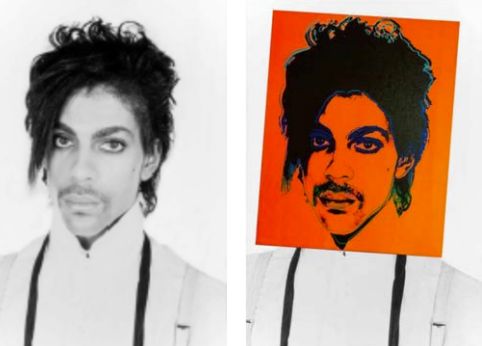
SCOTUS has dropped some major opinions this month. One of those decisions garnering the most attention dealt with the Prince print copyright dispute between The Warhol Foundation and Lynn Goldsmith. Goldsmith is the photographer who created the original image used by Warhol.
My big takeaway from this dispute: don’t underestimate the importance of contracts management. Or in this case, license management.
You see, in 1981 Lynn Goldmith originally granted a limited, one-time only use license for Vanity Fair to use her photograph as an artist reference for an illustration. The terms of that license were very specific: it had to be published in the Vanity Fair November 1984 issue, could once as a full-page image and once as a one-quarter page image. Goldsmith received $400 for this limited license.
Vanity Fair then commissioned Warhol for that illustration, who created a dominantly purple screenprint based on Goldsmith’s photo.
But Warhol actually created other versions of the print with other dominant colors, including orange, and two pencil drawings based on Goldsmith’s photo.
Goldsmith found out about the additional works by Warhol in 2016, when Conde Nast, parent company of Vanity Fair, licensed to use the “Orange Prince” from The Andy Warhol Foundation for a commemorative publication about Prince following his death. The Andy Warhol Foundation was paid $10,000 for this license of Orange Prince.
What follows was a series of disputes and court battles between Goldsmith and The Warhol Foundation, largely focused on whether or not Warhol’s use was considered “fair use” and thus protected from any copyright infringement claims.
I won’t drill into the copyright analysis here, as there will be plenty of copyright experts weighing in on that topic, but can’t help but think about how better memorialization and tracking of contract rights might have helped avoid this dispute.
And of course, another part of my brain starts wondering how things like AI and blockchain solutions can help better protect copyright holders and minimize risk for potential licensees. As generative AI becomes a bigger challenge for IP-related issues, we’ll need to look to new solutions to help manage these issues.